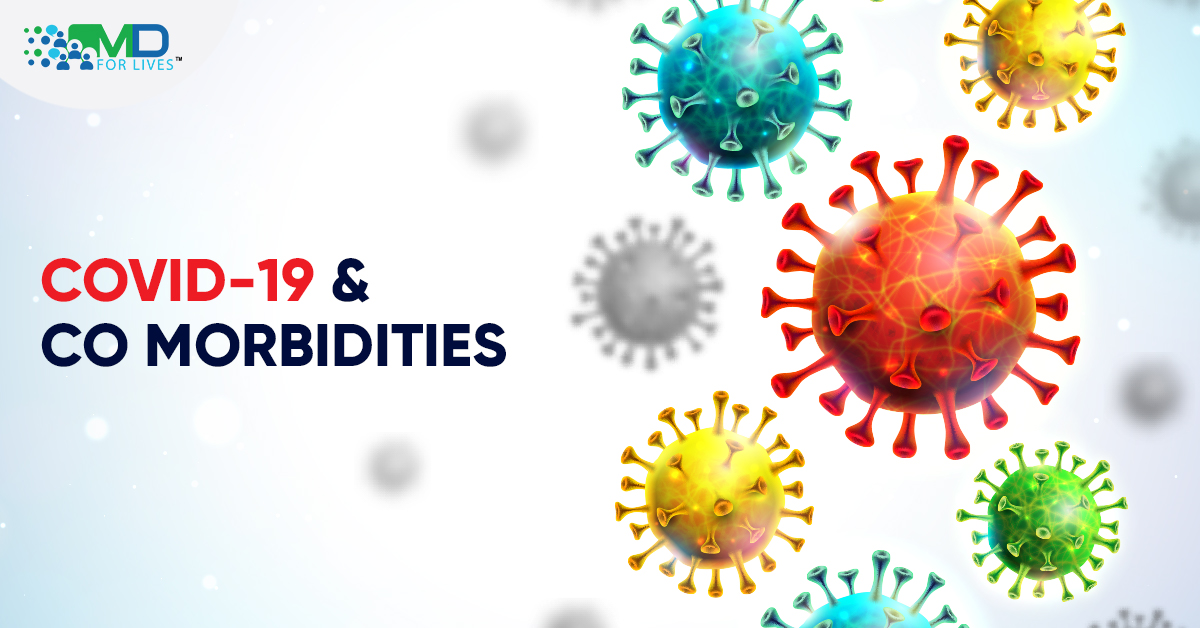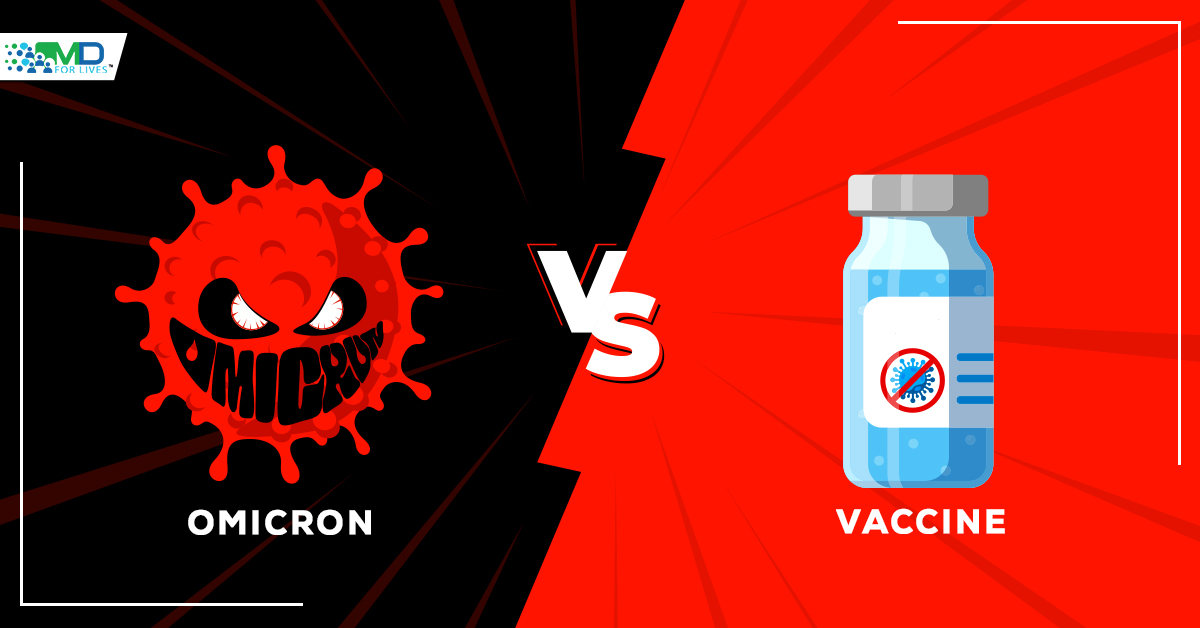Epidemiology
Coronaviruses are important human and animal pathogens. At the end of 2019, a novel coronavirus caused a group of pneumonia cases in Wuhan, a city in the Hubei Province of China. It rapidly spread, resulting in an epidemic throughout the country, followed by an increasing number of cases in other countries throughout the world. In February 2020, the World Health Organization designated the disease as “COVID-19,” which stands for coronavirus disease 2019. On the other hand, the virus which causes the fatal illness previously took the connotation as “severe acute respiratory syndrome coronavirus 2 (SARS-CoV-2), is now the 2019-nCoV.
The clinical presentation of SARS CoV-2 ranges from a mild common cold-like illness to severe viral pneumonia leading to acute respiratory distress syndrome that could be fatal. Several retrospective case series from China have shown that the elderly, people with comorbidities, or those with pneumonia, are most at risk. Treatment is mainly supportive, although in-vitro and early retrospective data regarding the off-label use of several compounds, such as remdesivir (RD/GS-5734), chloroquine (CQ), hydroxychloroquine (HCQ), lopinavir-ritonavir (LPV/r), and tocilizumab (TCZ) show good results.
Clinical Features and Comorbidities
Talking about clinical features of COVID-19 would be good to probe upon the information acquired from the source of the disease itself, in Wuhan China. The exact model of the person-to-person spread of severe acute respiratory syndrome coronavirus 2 (SARS-CoV-2) is unclear. The most prominent means mainly being via respiratory droplets, as most studies regarding the disease shows.
With droplet transmission, the virus gets released in the respiratory secretions when a person with infectious coughs, sneezes, or talks can infect another person if it makes direct contact with the mucous membranes; it can also occur if a person touches an infected surface and then touches his or her eyes, nose, or mouth. As far as some studies go, the droplets typically do not travel more than six feet (about two meters) and do not linger in the air.
Other studies have suggested that respiratory droplets may get carried in a gas cloud and have traveled beyond six feet (two meters) with speaking, coughing, or sneezing. Other information also found a study in which SARS-CoV-2 grown in tissue culture remained viable in experimentally generated aerosols for at least three hours. Reflecting on the current uncertainty regarding transmission mechanisms, recommendations on airborne precautions in the health care setting vary by location; airborne precautions are universally recommended when aerosol-generating procedures are performed.
Most studies describing the clinical features of COVID-19 have been performed in hospitalized populations. In a study describing 138 patients with COVID-19 pneumonia in Wuhan, the most common clinical features at the onset of illness were:
Fever in 99% (note that fever on presentation is not this common), Fatigue in 70%, Dry cough in 59%, Anorexia in 40%, Myalgias in 35% Dyspnea in 31%, and Sputum production in 27%
The incubation period for COVID-19 is thought to be within 14 days following exposure, with most cases occurring approximately four to five days later. In a study of 1099 patients with confirmed symptomatic COVID-19, the median incubation period was four days. Using data from 181 publicly reported cases in China with identifiable exposure, one study estimated that symptoms would develop in 2.5% of infected individuals within 2.2 days and 97.5 % of infected individuals within 11.5 days. The median incubation period in this study was 5.1 days.
Severe illness can occur in otherwise healthy individuals of any age, but it predominantly occurs in adults with advanced age or underlying medical comorbidities. Comorbidities and other conditions that have been associated with severe illness and mortality include:
Cardiovascular disease, Diabetes mellitus, Hypertension, Chronic lung disease, Cancer (in particular hematologic malignancies, lung cancer, and metastatic disease), Chronic kidney disease, Obesity, Smoking
In groups of hospitalized patients with confirmed COVID-19, the median age ranged from 49 to 56 years. In a report from the Chinese Center for Disease Control and Prevention that included approximately 44,500 confirmed infections, 87% of patients were between 30 and 79 years old. Similarly, in a modeling study based on data from mainland China, the hospitalization rate for COVID-19 increased with age, with a 1 % rate for those 20 to 29 years old, 4 % rate for those 50 to 59 years old, and 18 %for those older than 80 years. Patients could be then classified into the following:
High Risk:
- Age ≥65 years
- Residence in a nursing home or long-term care facility
- Immunocompromising condition
- Chronic lung disease or moderate to severe asthma
- Cardiovascular disease (including hypertension)
- Severe obesity (body mass index [BMI] ≥40 kg/m2)
- Diabetes mellitus
- Chronic kidney disease (undergoing dialysis)
- Cerebrovascular disease
- Chronic liver disease
- Tobacco use disorder
Moderate Risk:
- Age 20 to 64 years, without any of the specific comorbidities listed above
- Age <20 years, with underlying medical conditions other than those listed above
Low Risk:
- Age <20 years, without underlying medical conditions
The spectrum of symptomatic infection ranges from mild to critical, and most infections are not severe. Specifically, in a report from the Chinese Center for Disease Control and Prevention that included approximately 44,500 confirmed infections with an estimation of disease severity:
Mild (no or mild pneumonia) was reported in 81%.
Severe disease (with dyspnea, hypoxia, or >50% lung involvement on imaging within 24 to 48 hours) was reported in 14%.
Critical disease (e.g., respiratory failure, shock, or multiorgan dysfunction) was reported in 5%.
Some of the complications include arrhythmias, acute cardiac injury, and shock. In one study, these were reported in 17, 7, and 9%, respectively. In a series of 21 severely ill patients admitted to the ICU in the United States, one-third developed cardiomyopathy. Thromboembolic complications, including pulmonary embolism and acute stroke (even in patients younger than 50 years of age without risk factors), have also been reported.
Will Controlling Comorbidities Help Prevention of COVID-19?
Since comorbidities have been known to aggravate disease severity, it is important to target both the long-standing disease and the infection of COVID-19. Aiming the management at controlling the present comorbid disease would lessen the severity of the virus. Continuing present medications, avoiding risk factors, and consistent monitoring of present conditions would be the best course of action. These comorbidities weaken the immune system of the host and accumulate with the other organ damage coming from the virus. Specific medications used for the virus also have side effects that make it difficult to be applicable to all. Lessening and controlling these comorbidities would make it safer to use COVID-19 medications.
Infection control would also be necessary. The following general measures are additionally recommended to reduce transmission of infection:
- Diligent hand washing, particularly after touching surfaces in public.
- Use of hand sanitizer that contains at least 60% alcohol is a reasonable alternative if the hands are not visibly dirty.
- Respiratory hygiene (eg, covering the cough or sneeze).
- Avoiding touching the face (in particular eyes, nose, and mouth). The American Academy of Ophthalmology suggests that people not wear contact lenses because they make people touch their eyes more frequently.
- Cleaning and disinfecting objects and surfaces that are frequently touched.
How Comorbidities Effect COVID-19 Prognosis
Older age is also associated with increased mortality. In a report from the Chinese Center for Disease Control and Prevention, case fatality rates were 8 and 15% among those aged 70 to 79 years and 80 years or older, respectively, in contrast to the 2.3% case fatality rate among the entire cohort. Similar findings were reported from Italy, with case fatality rates of 12 and 20% among those aged 70 to 79 years and 80 years or older, respectively.
With having comorbidities, it classifies the patient as either moderate or high regarding the level of risk. These individuals are predisposed to having a severe to critical clinical outcome concerning the course of the illness. A pre-existing heart problem, respiratory disease, cancer, and other organ damage would not only make it easier for the virus to penetrate the immune system but also increase potential death. Most of the comorbidities are present in the middle to late adulthood group. Along with this, increased age is also a factor for having a high risk of contracting the disease. Pre-existing illnesses and ages more than 65 years old would give a bad prognosis.








7 Comments
SARSCOV2 mutation: COVID19 counterattacks | MDforLives Blog
5 years ago[…] abbreviated from Severe Acute Respiratory Syndrome-like and its viral aetiology the Coronaviruses (CoVs), have rapidly spread that wrecked the whole […]
Hepatitis C Infection: FDA Approves a new drug that treats all genotypes
5 years ago[…] is a major cause of liver disease worldwide and a potential cause of morbidity and mortality in the future. The complexity related to the geographic distribution of HCV infection […]
Anosmia Uncovered: Is the loss of sense of smell COVID-19 - related? - MDforLives
5 years ago[…] British Rhinological Society proposed anosmia or loss of smell and taste to be included as a major symptom for COVID-19. A study in Germany found that among 200 COVID-19 positive patients, two out of three reported […]
Respiratory Care Week | October 20 - 26, 2020 | MDforLives
5 years ago[…] 2020, and the world is still plagued by SARS-COV-2, the causative agent of the dreaded disease COVID-19. Millions have been affected by numerous actively infected individuals suffering from the […]
COVID19 counterattacks: SARSCOV2 mutation - MDForLives
4 years ago[…] abbreviated from Severe Acute Respiratory Syndrome-like and its viral aetiology the Coronaviruses (CoVs), have rapidly spread that wrecked the whole […]
Respiratory Care Week | October 2020 - MDForLives
4 years ago[…] 2020, and the world is still plagued by SARS-COV-2, the causative agent of the dreaded disease COVID-19. Millions have been affected by numerous actively infected individuals suffering from the […]
Anosmia Uncovered: Is the loss of sense of smell COVID-19 – related? - MDForLives
4 years ago[…] British Rhinological Society proposed anosmia or loss of smell and taste to be included as a major symptom for COVID-19. A study in Germany found that among 200 COVID-19 positive patients, two out of three reported […]